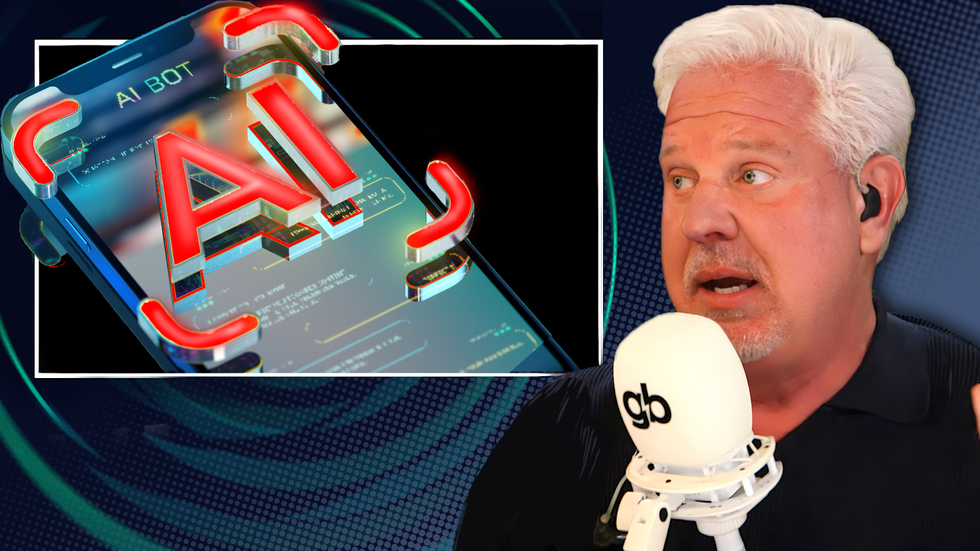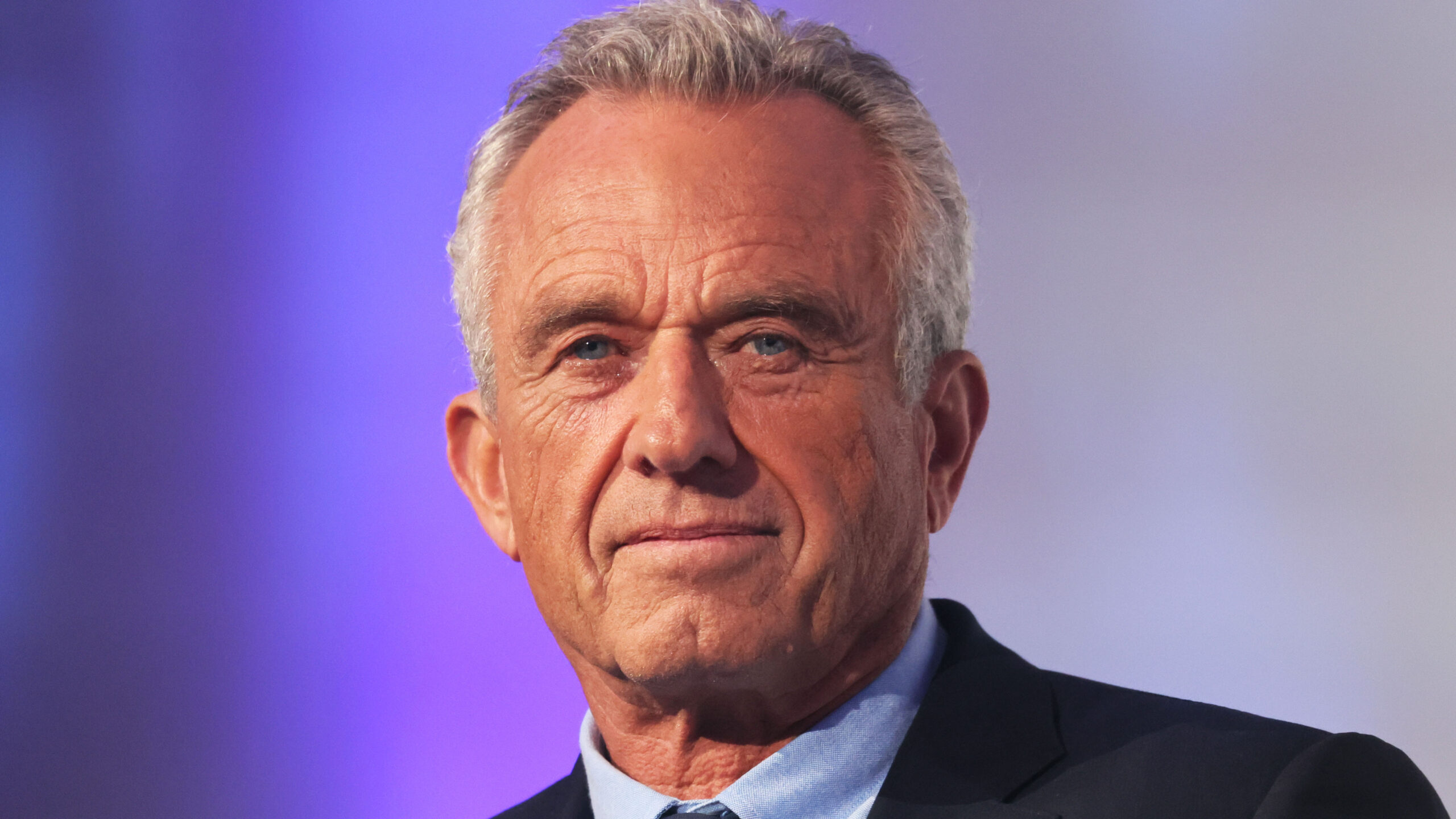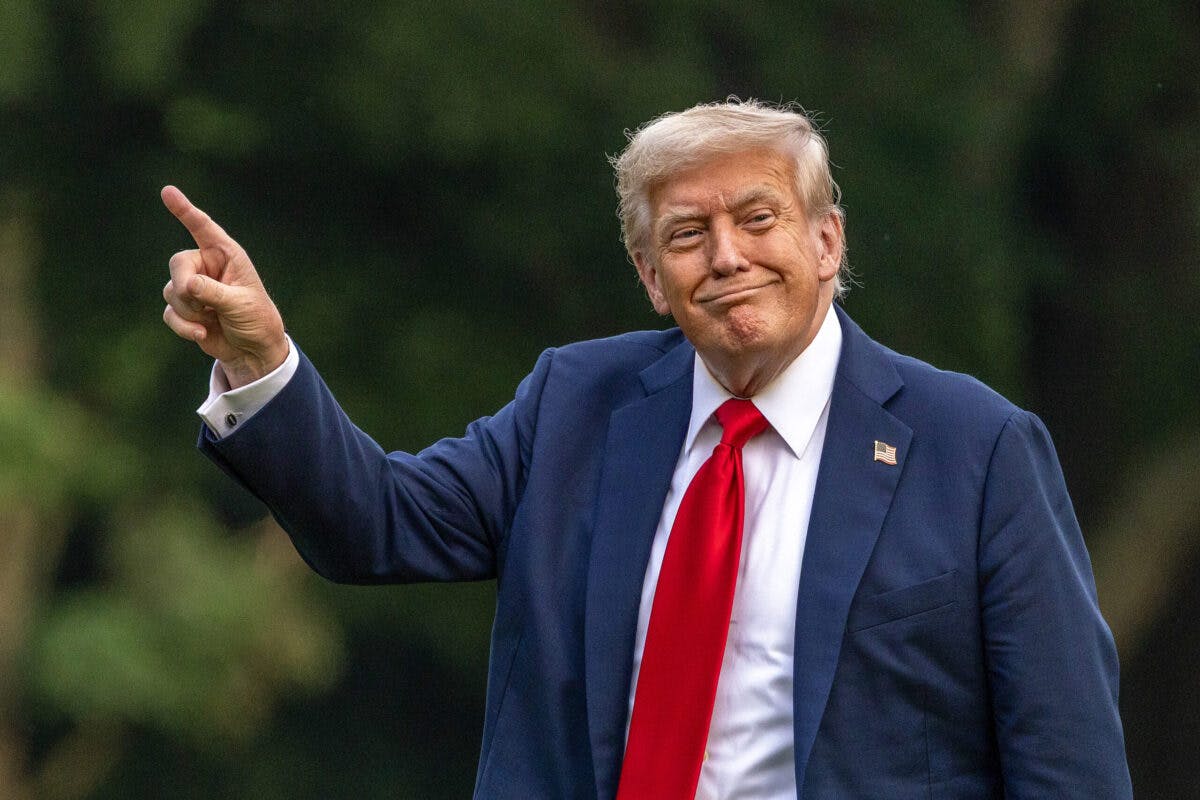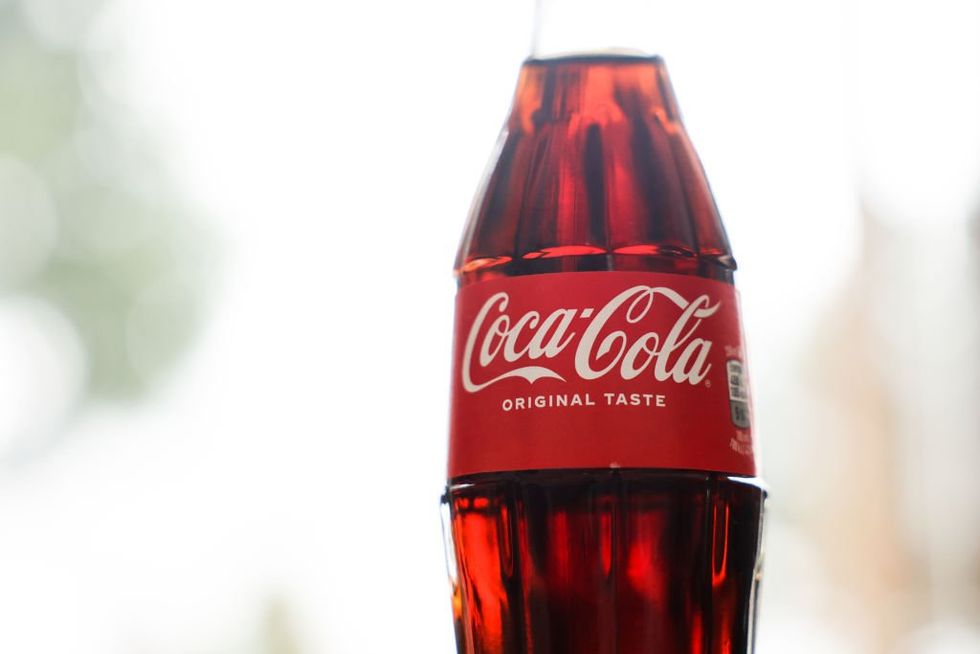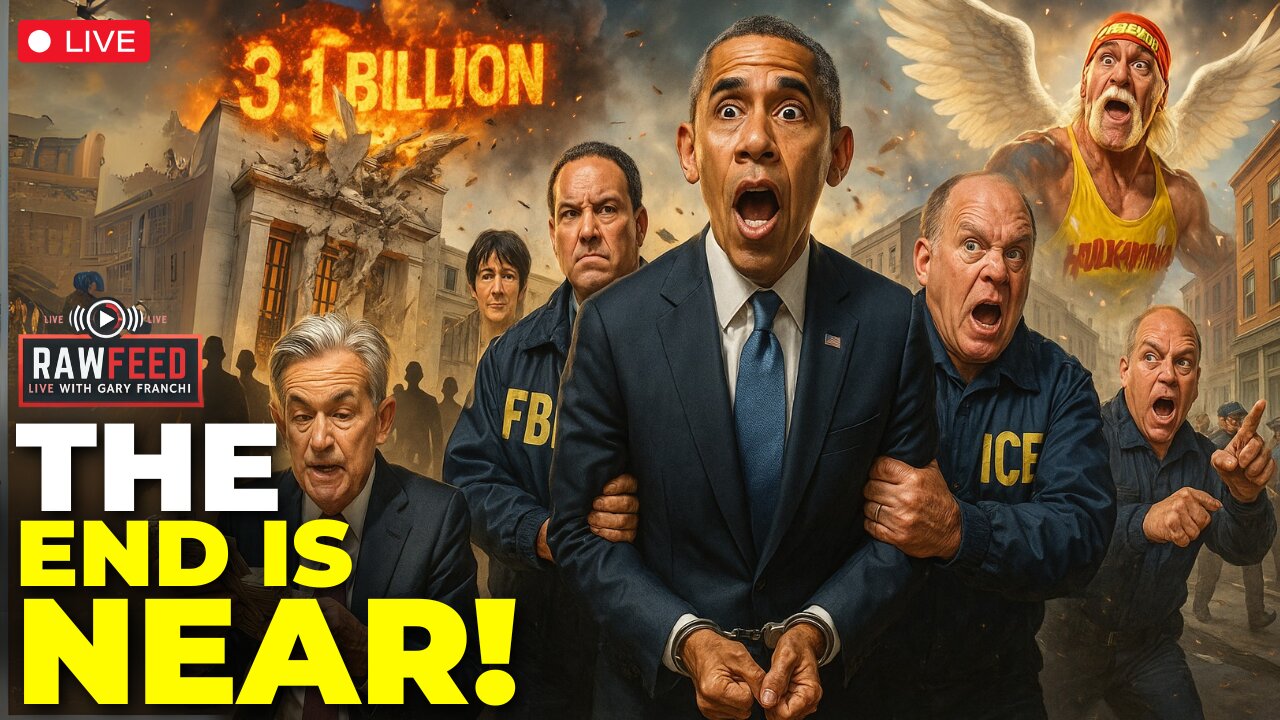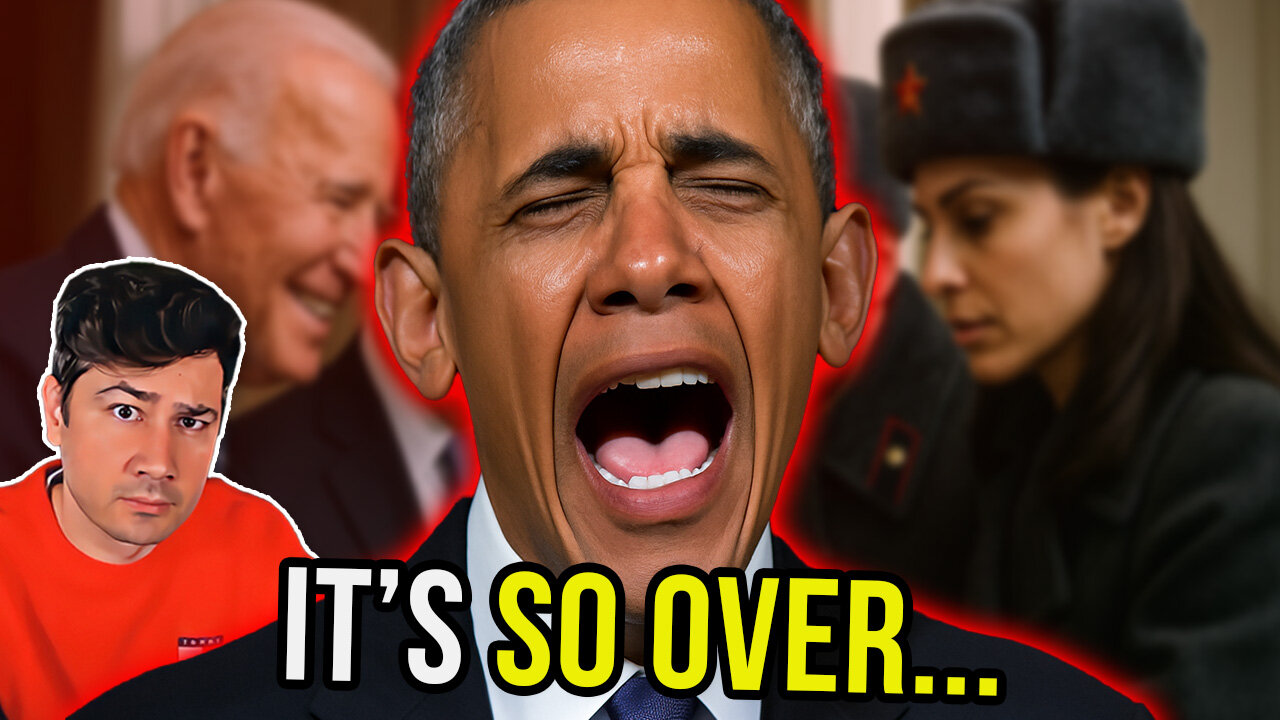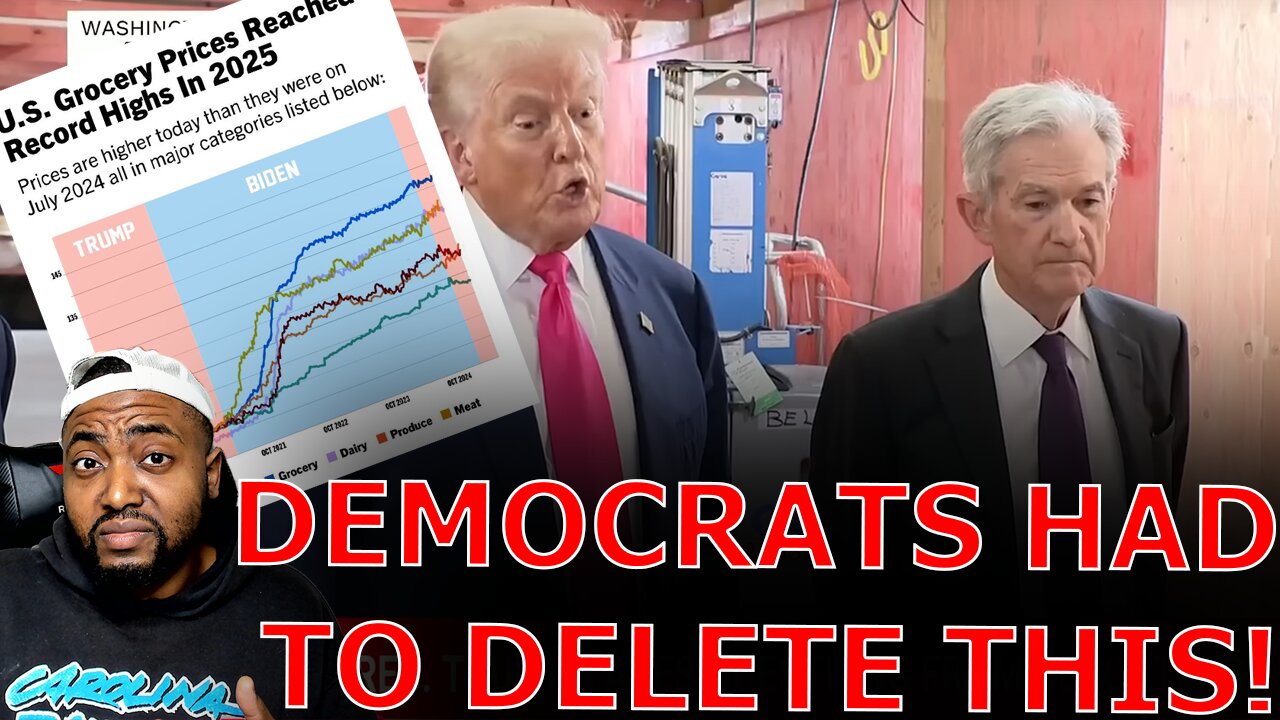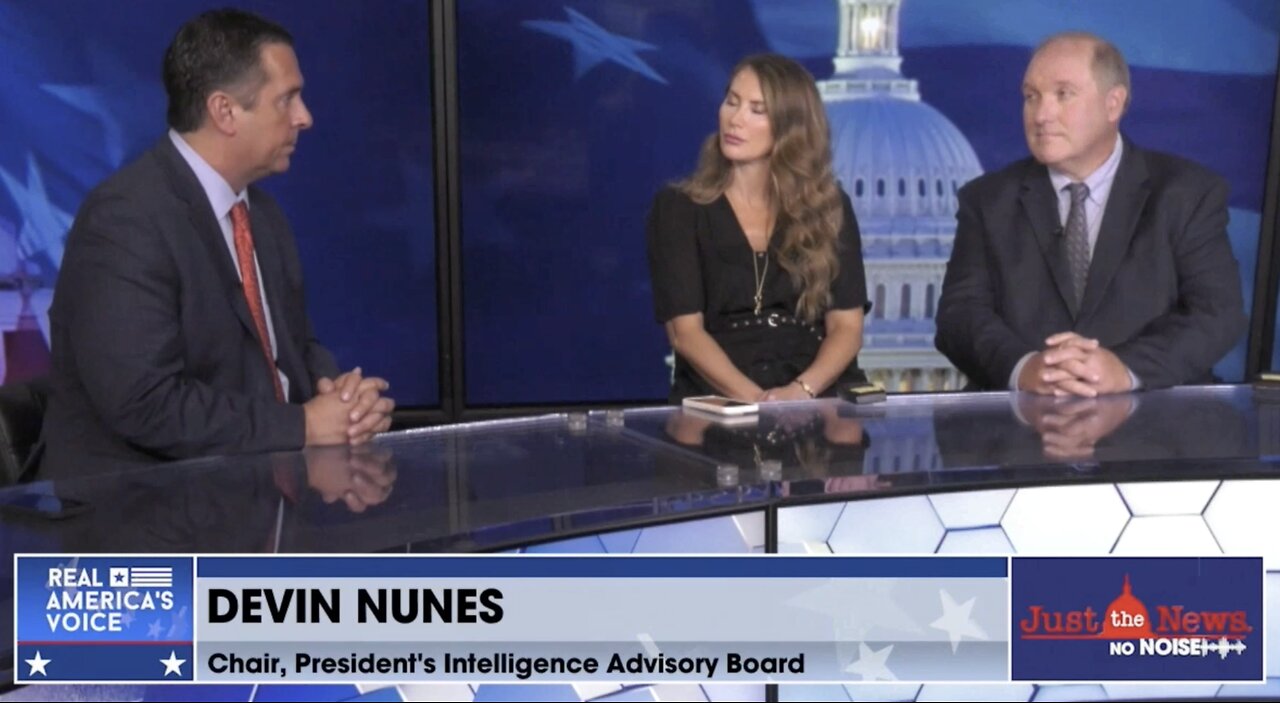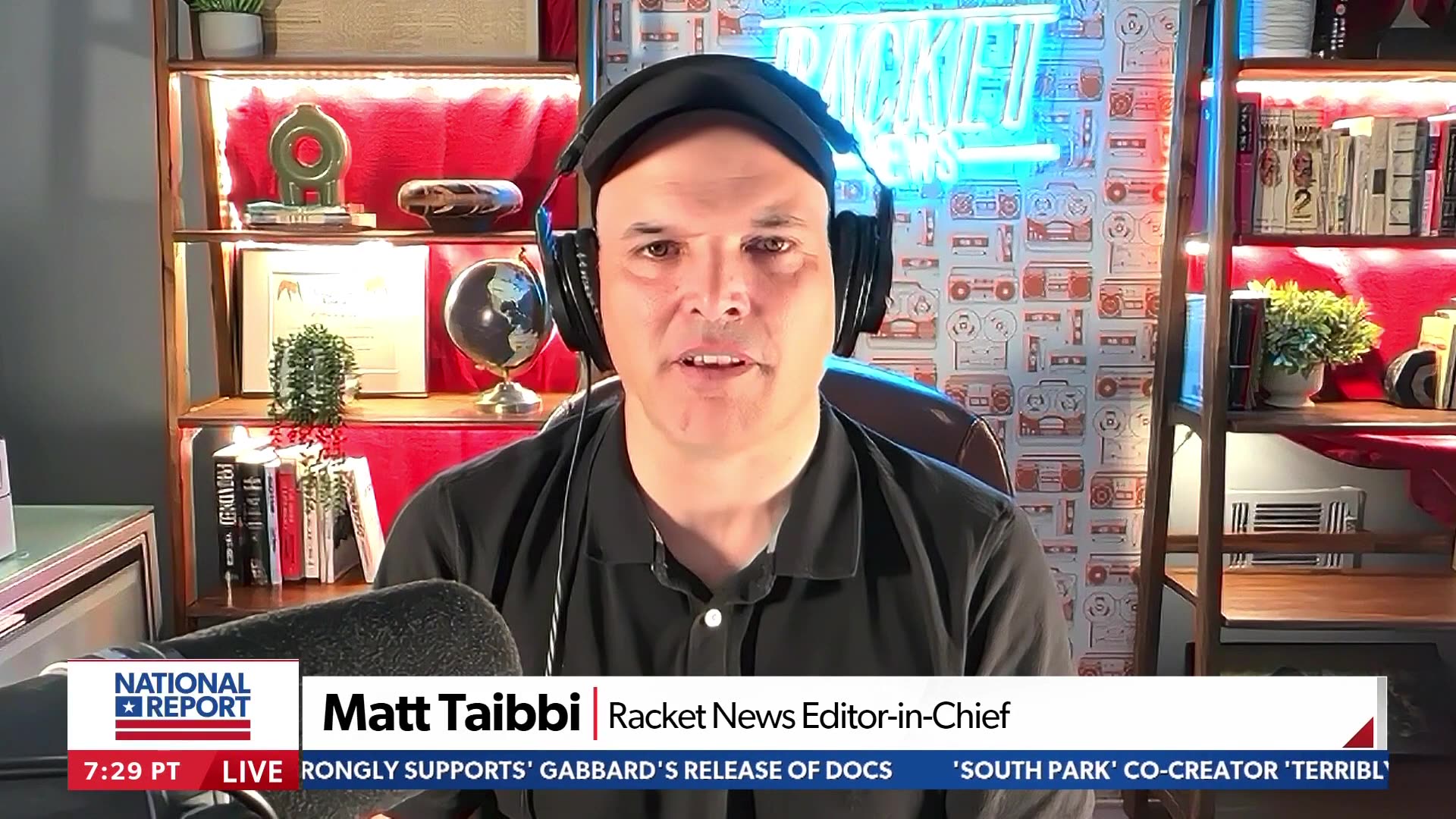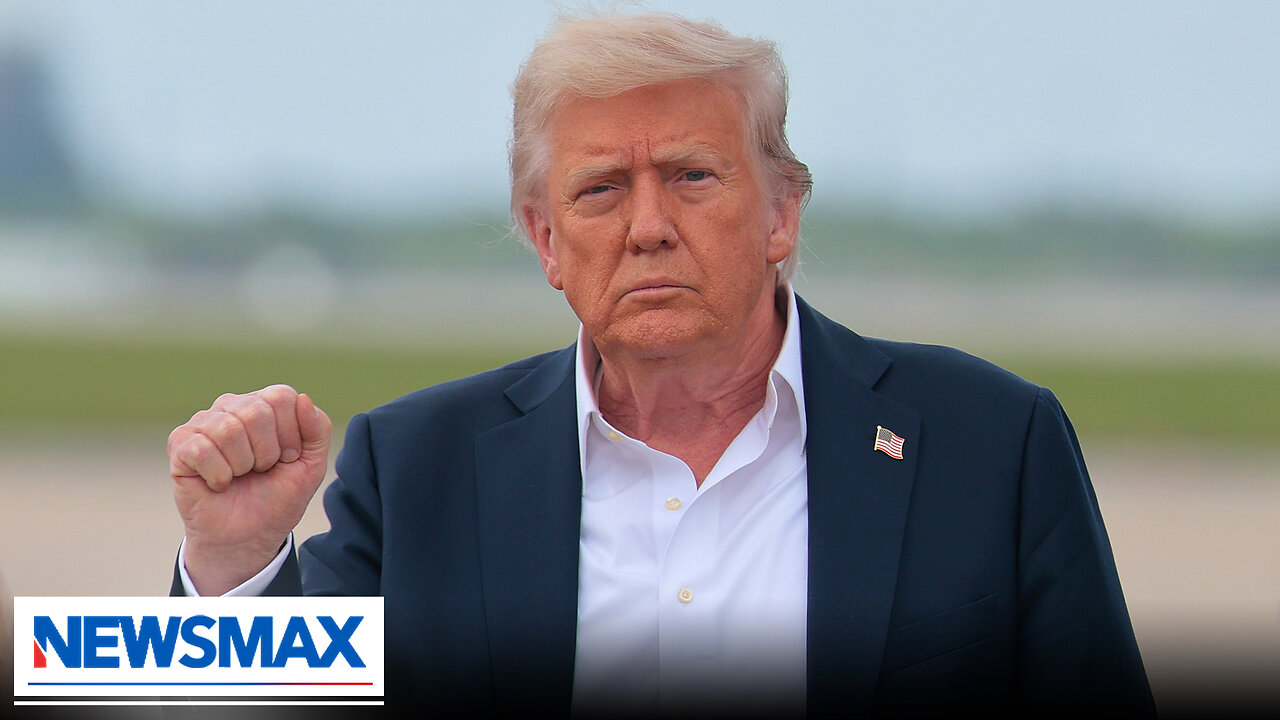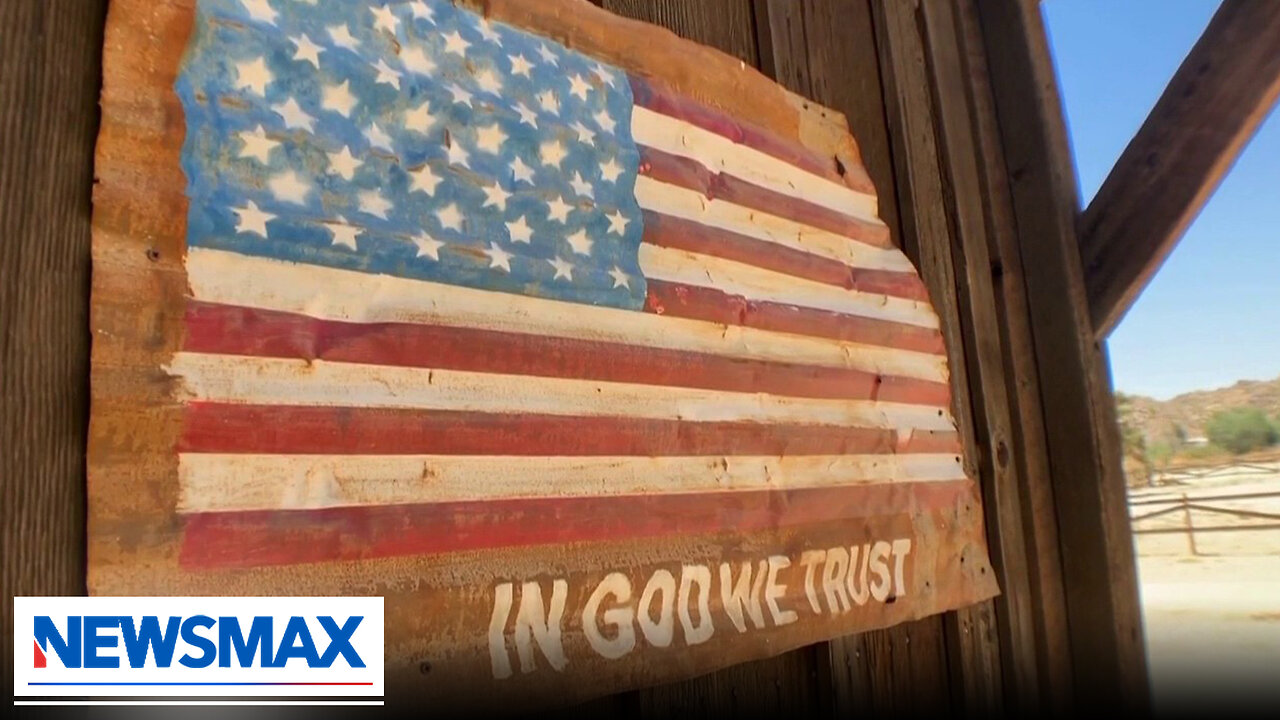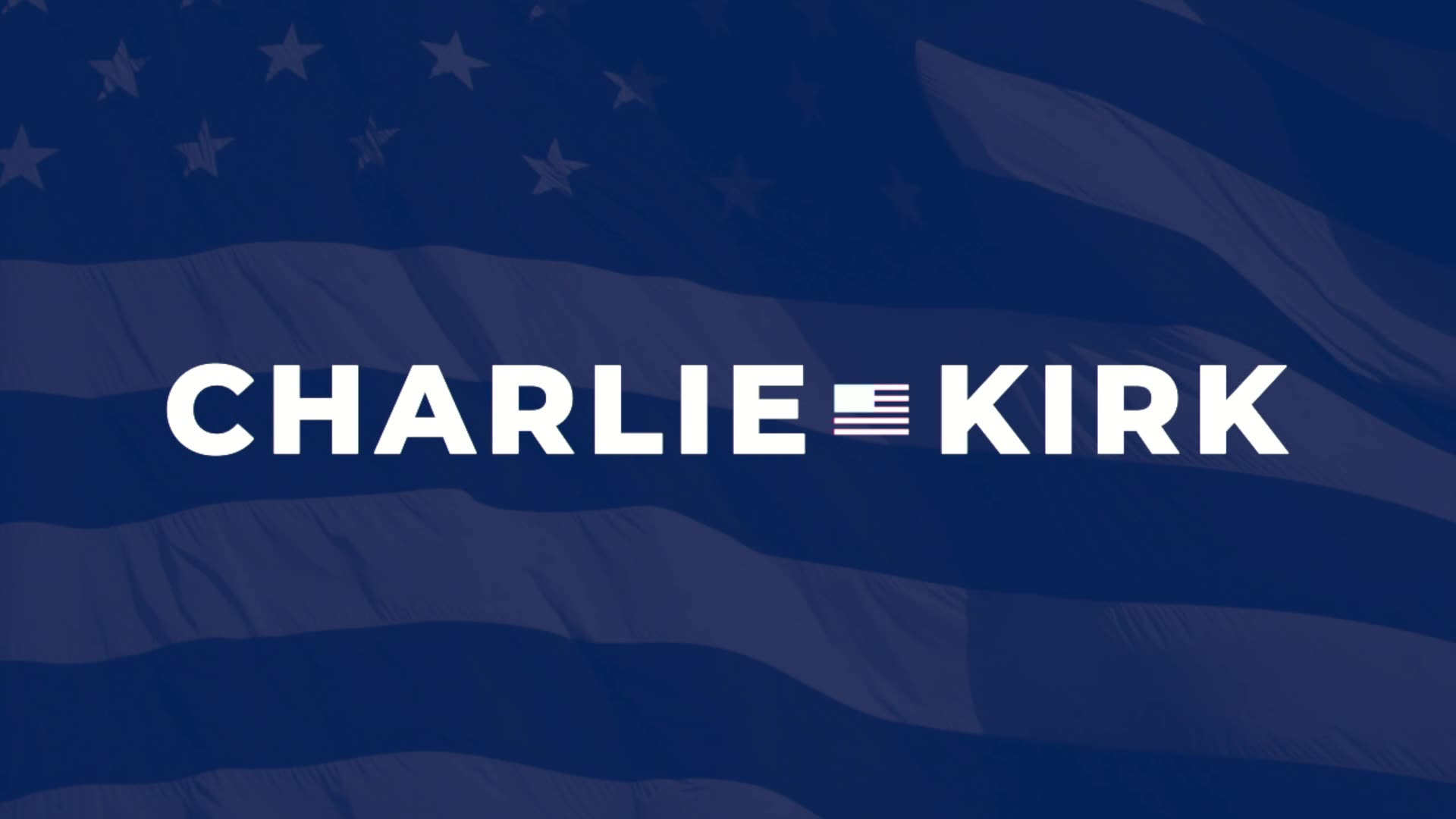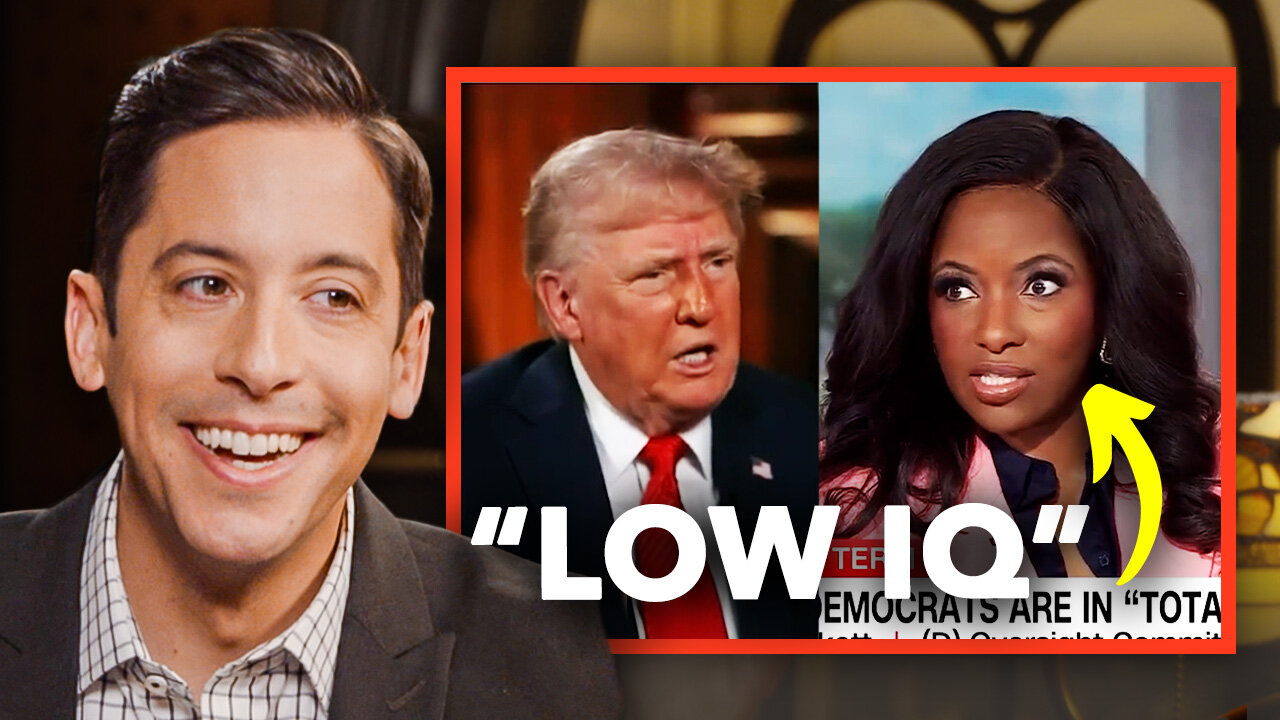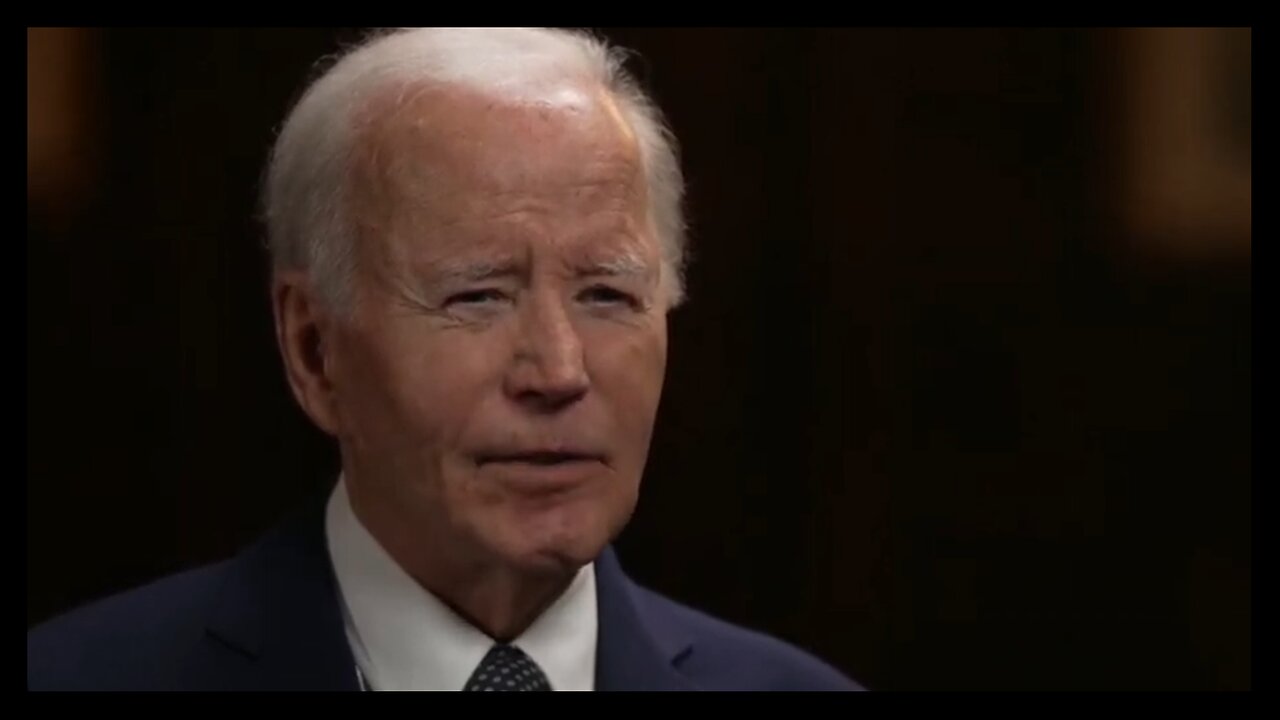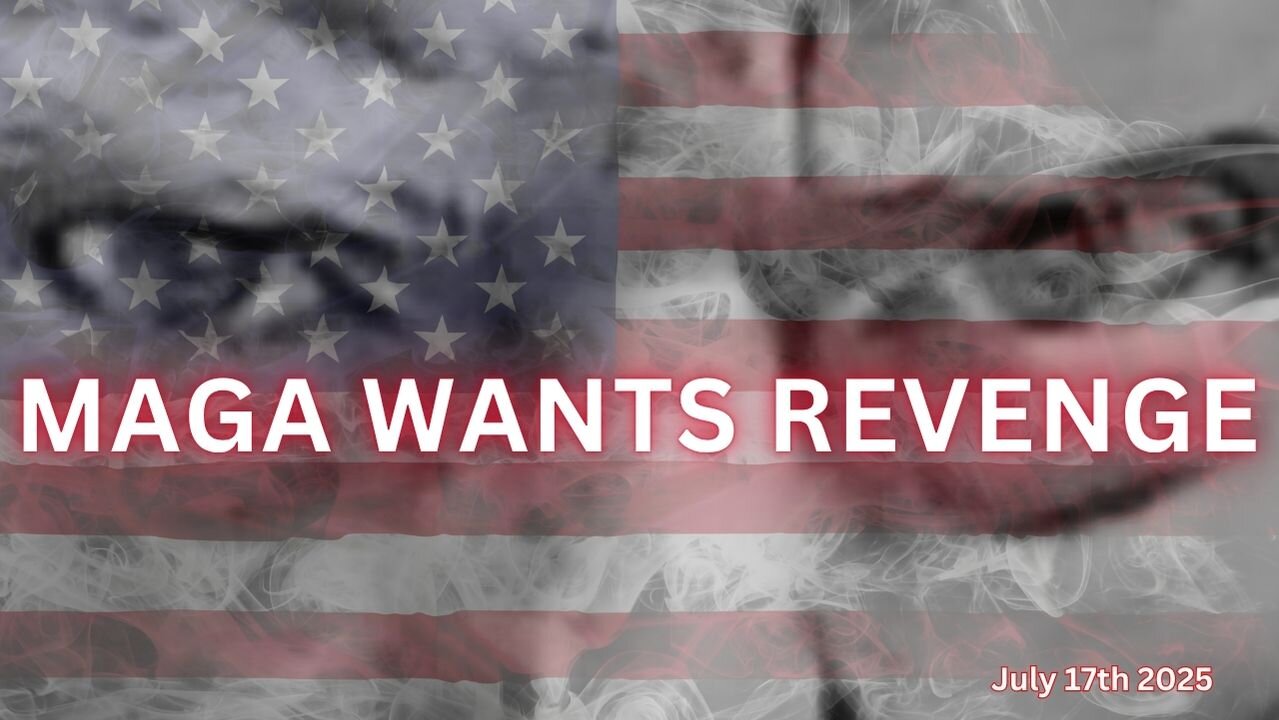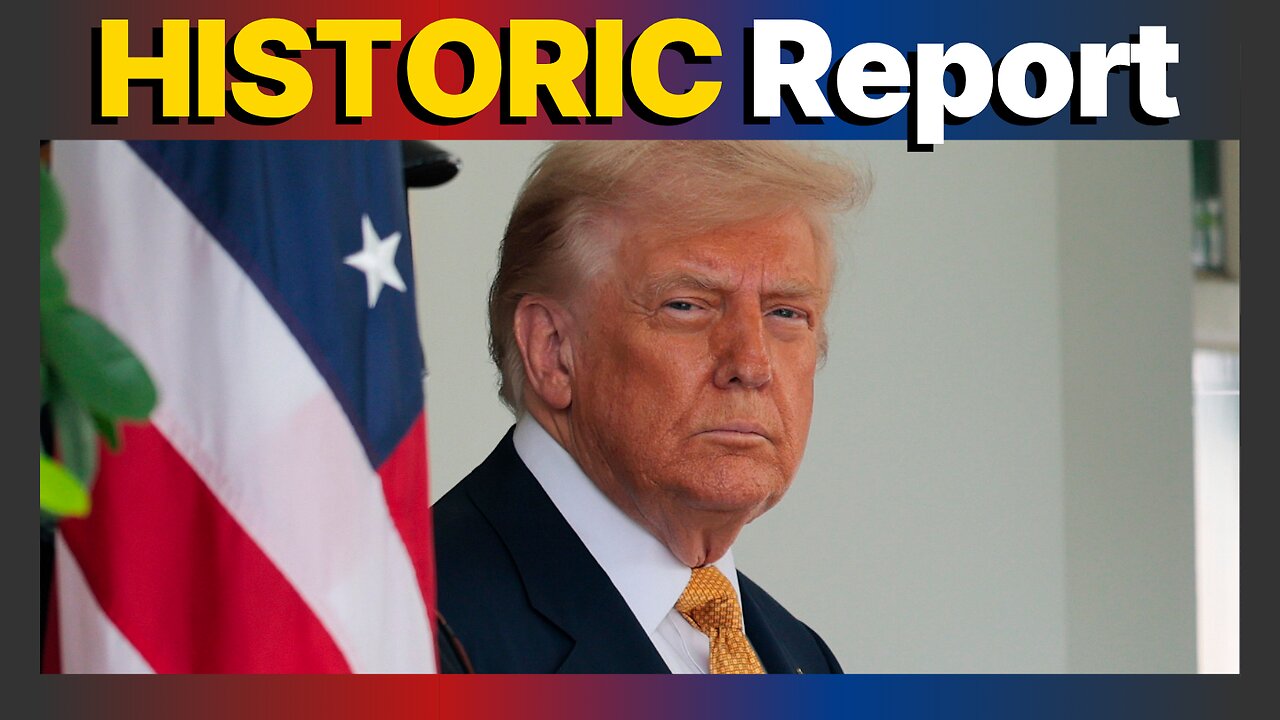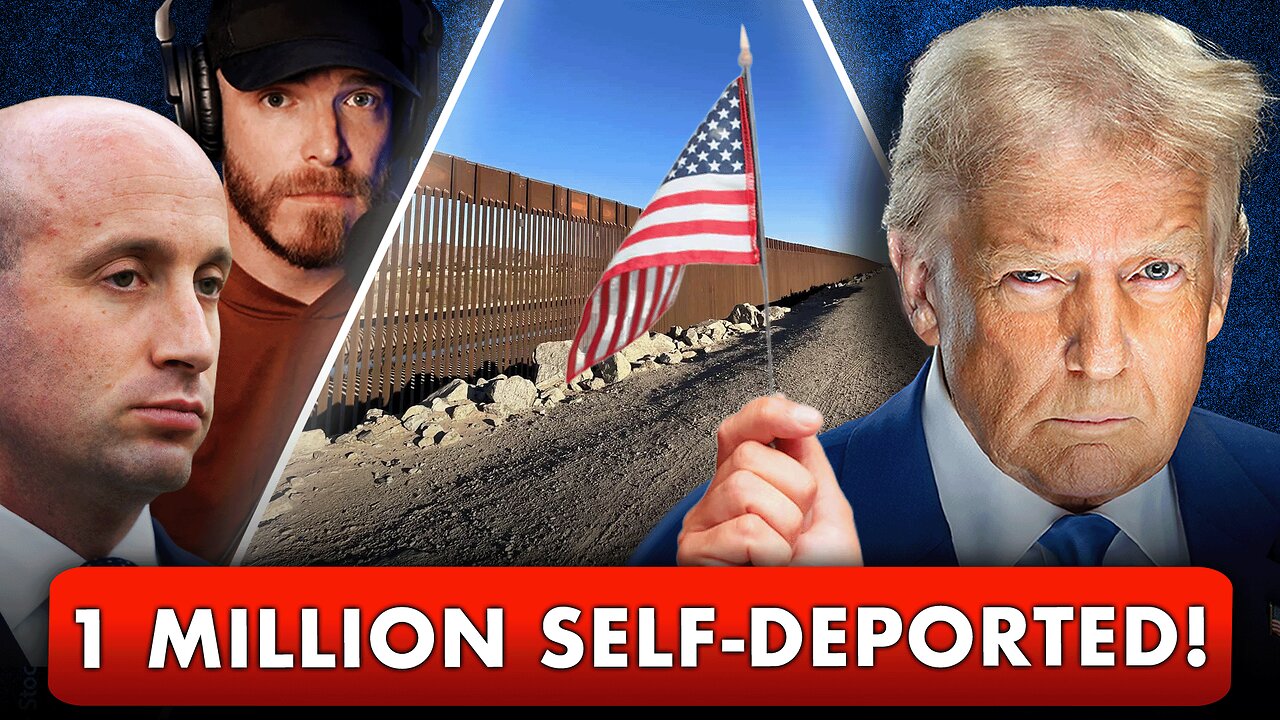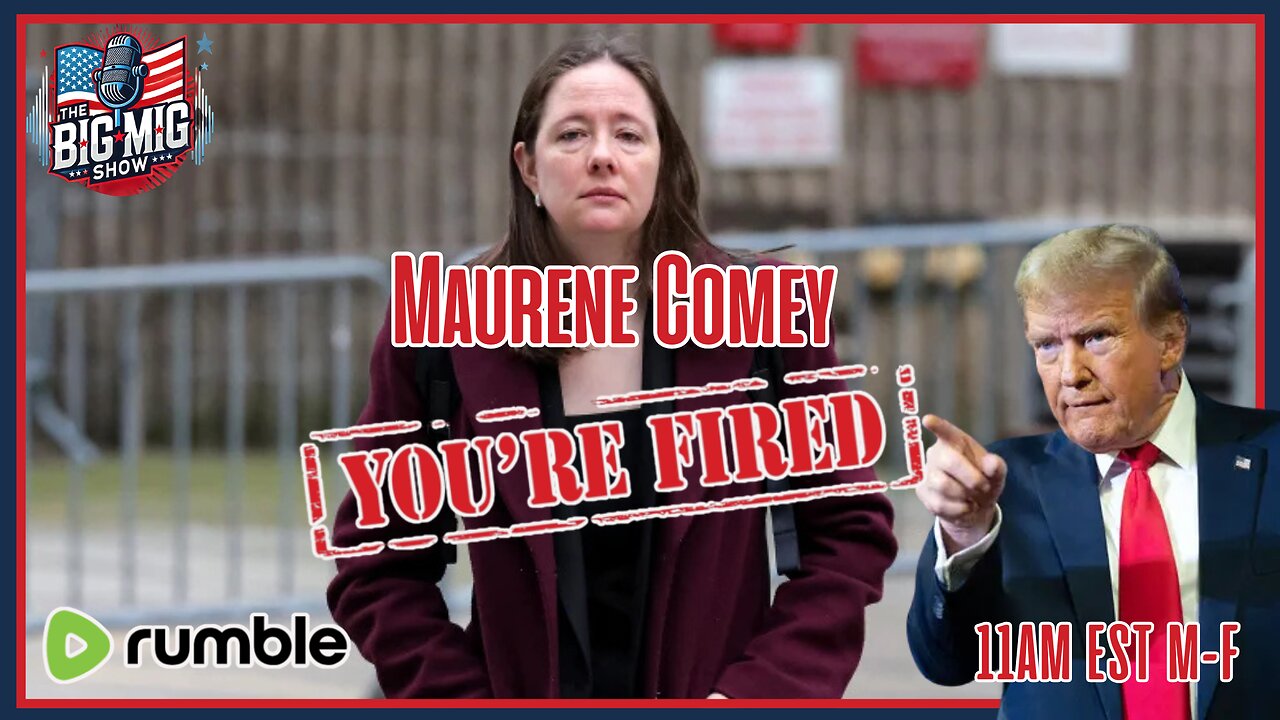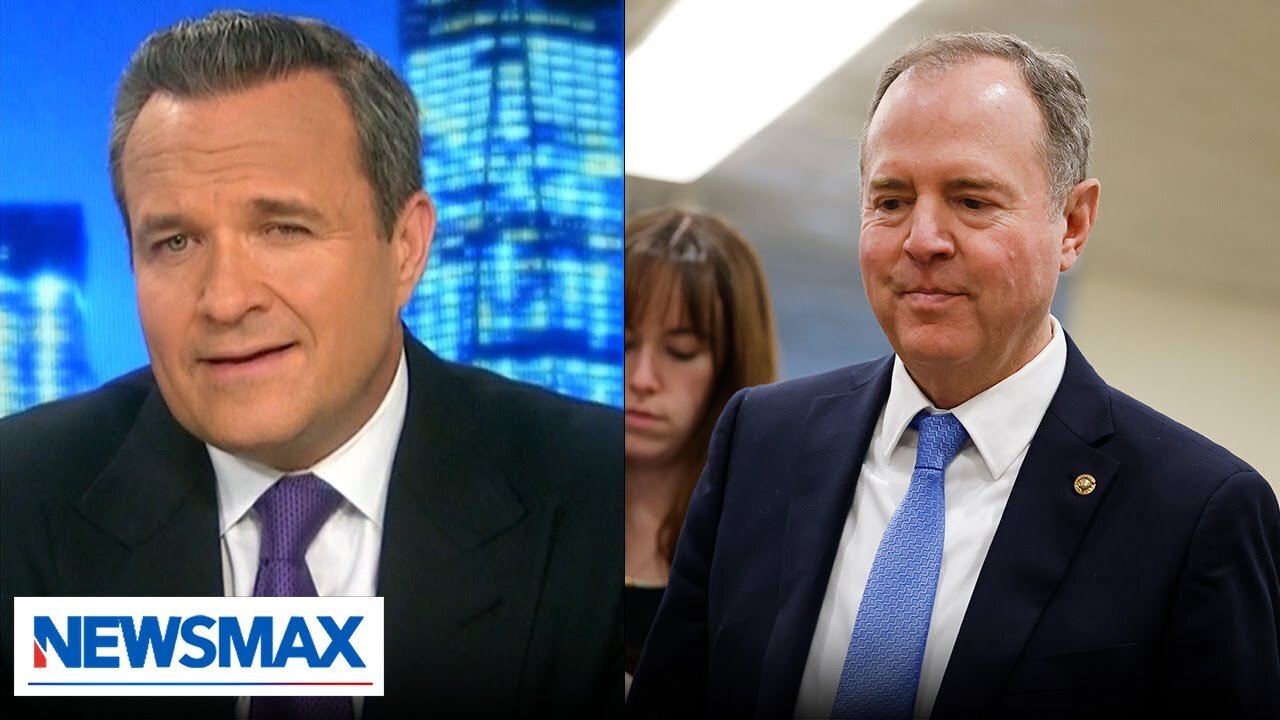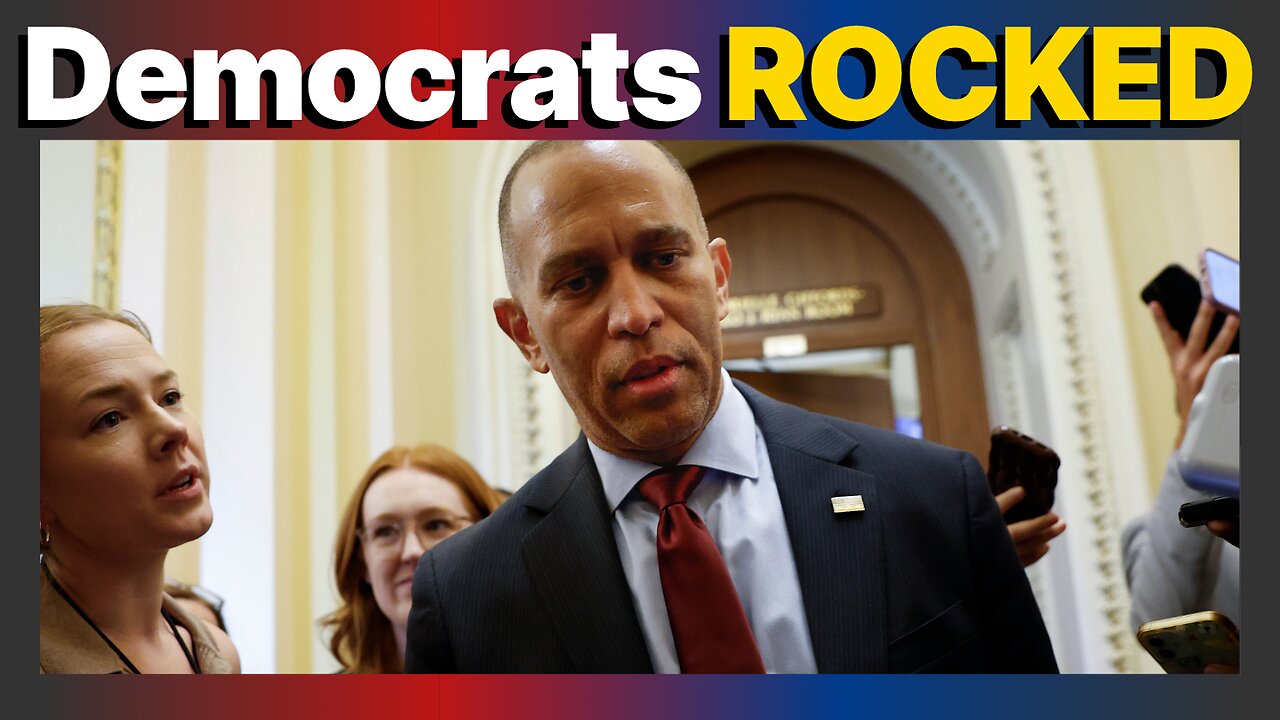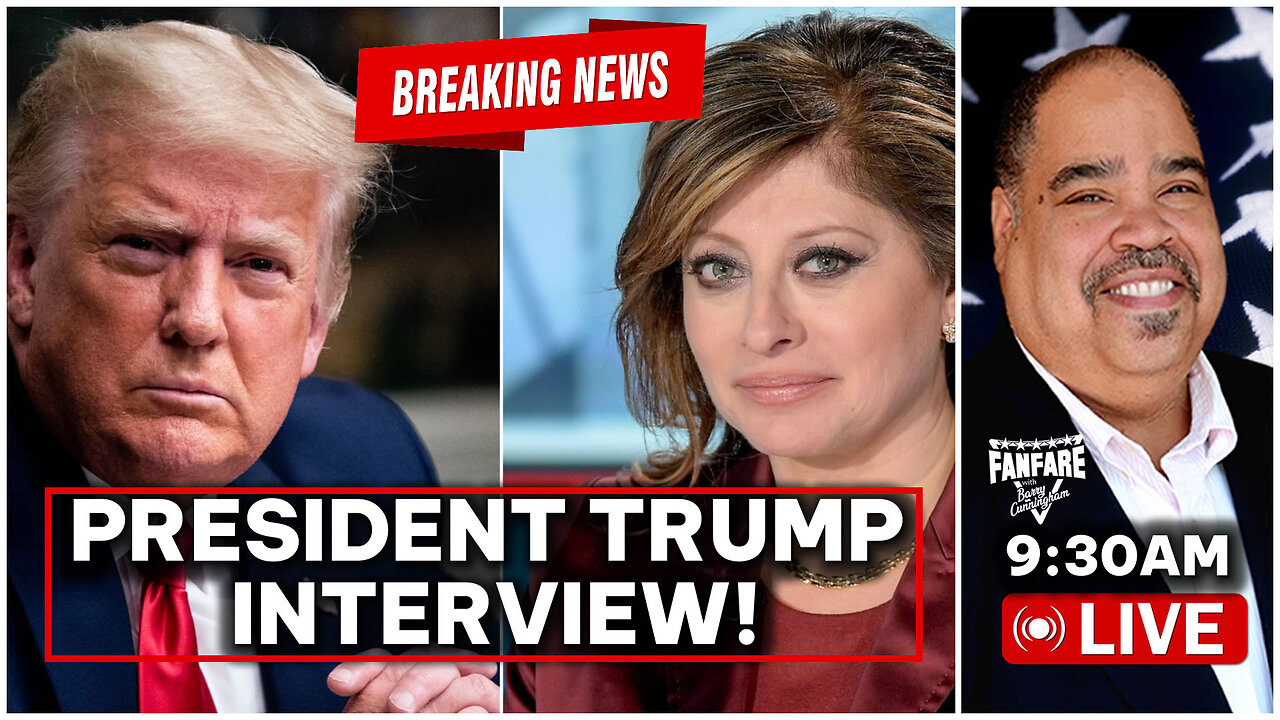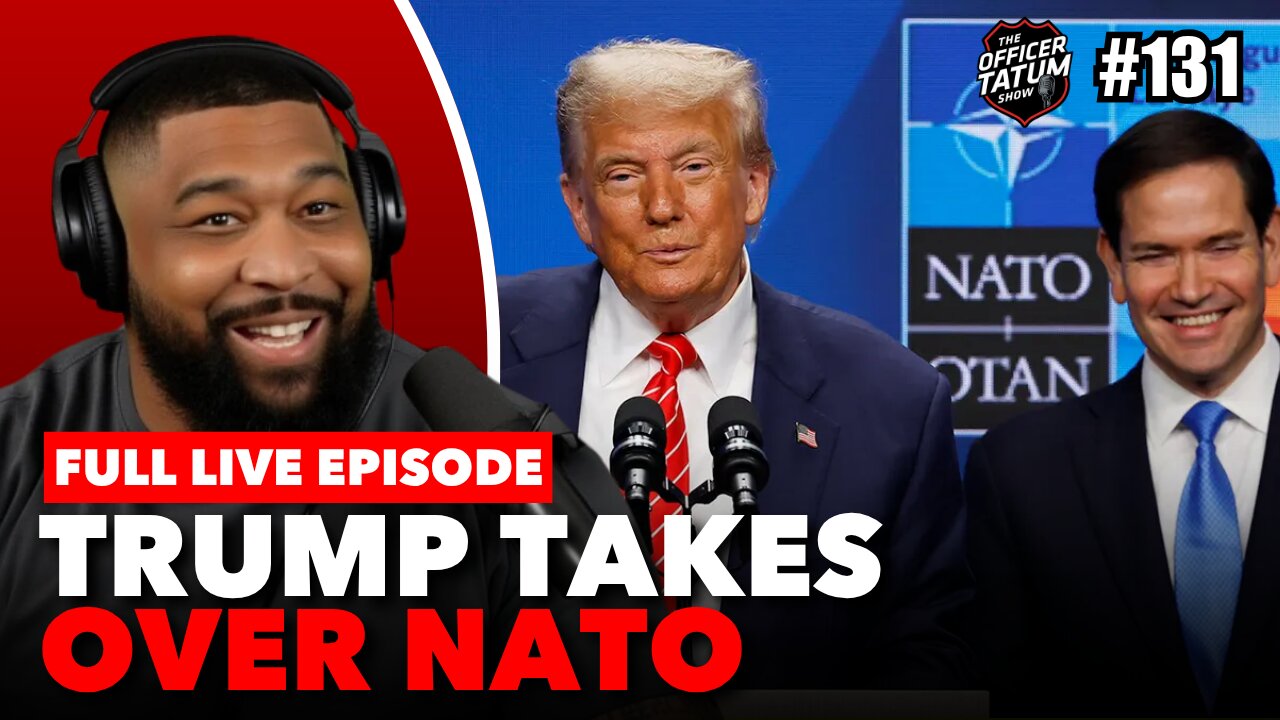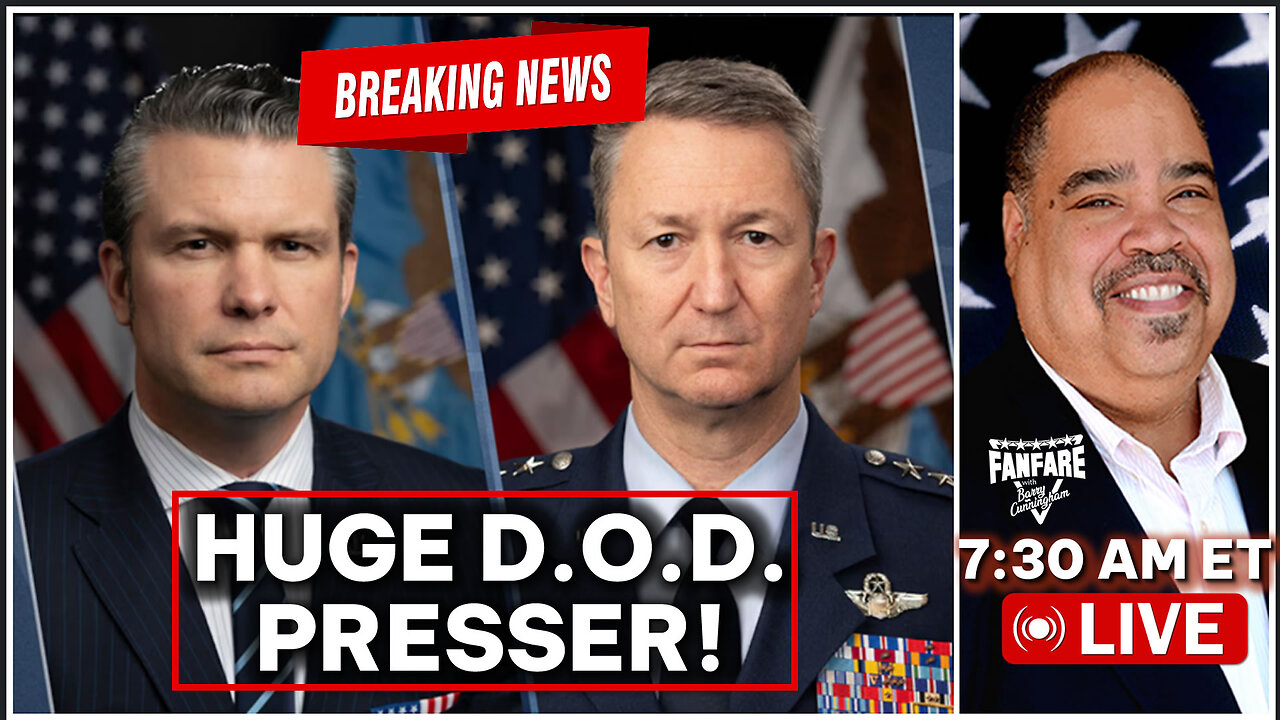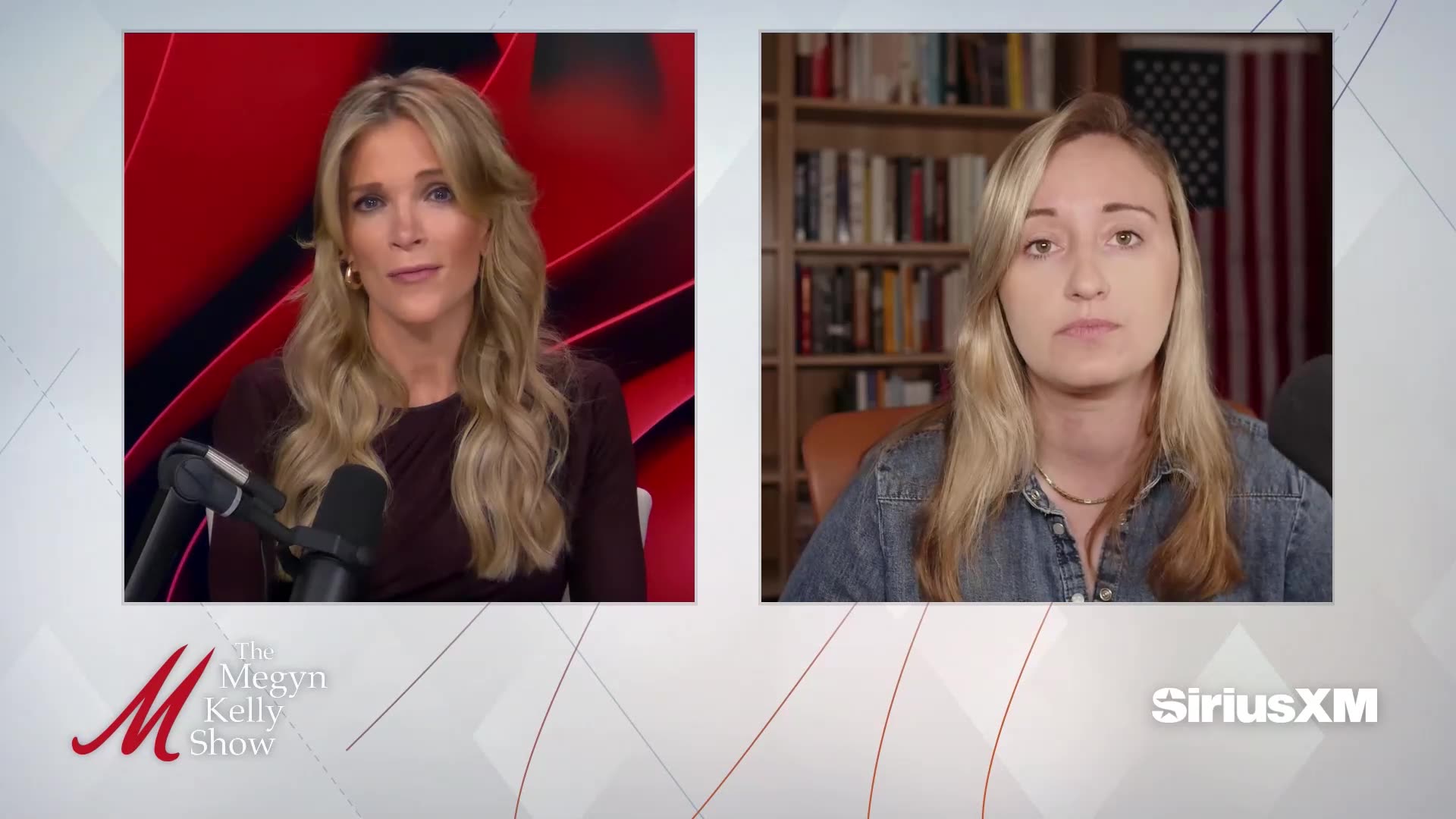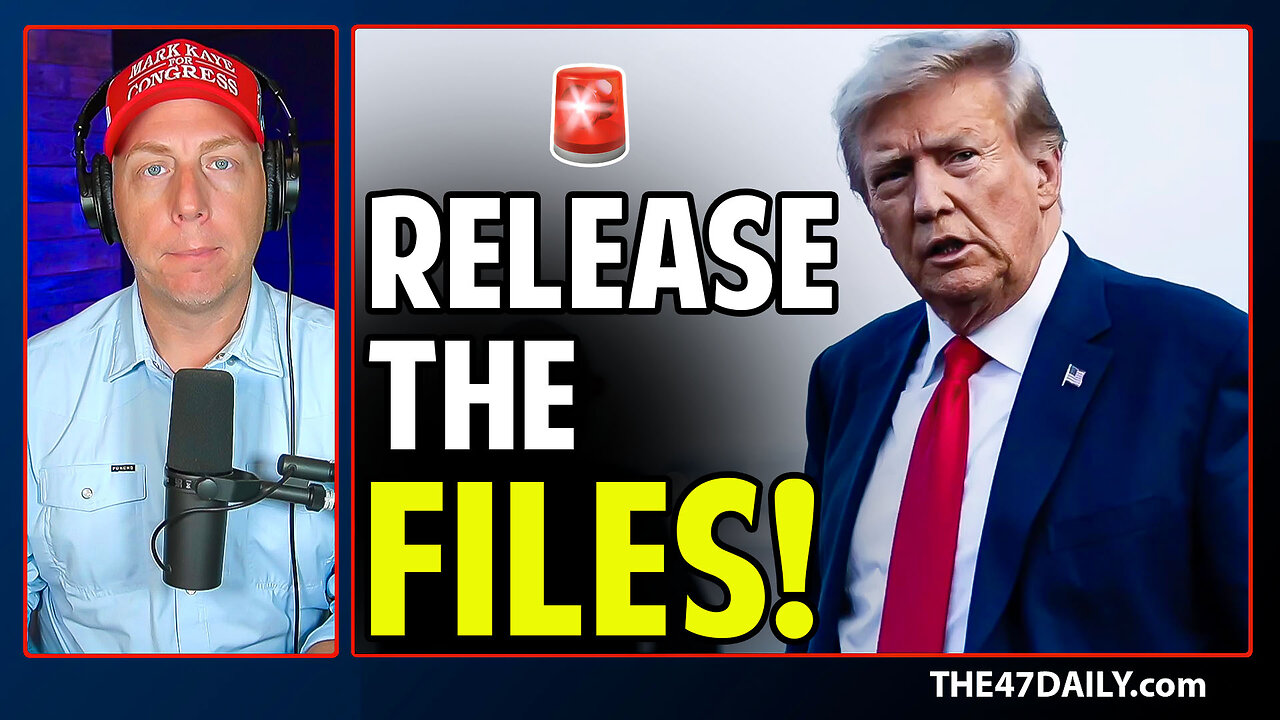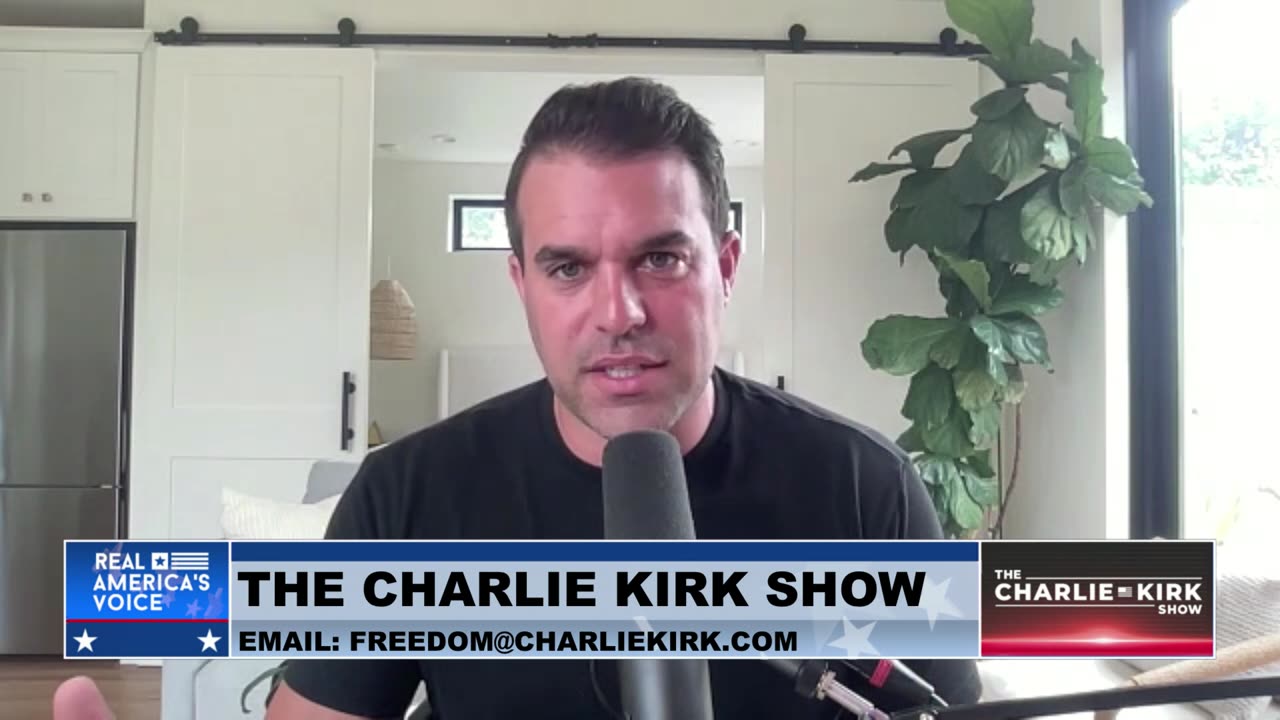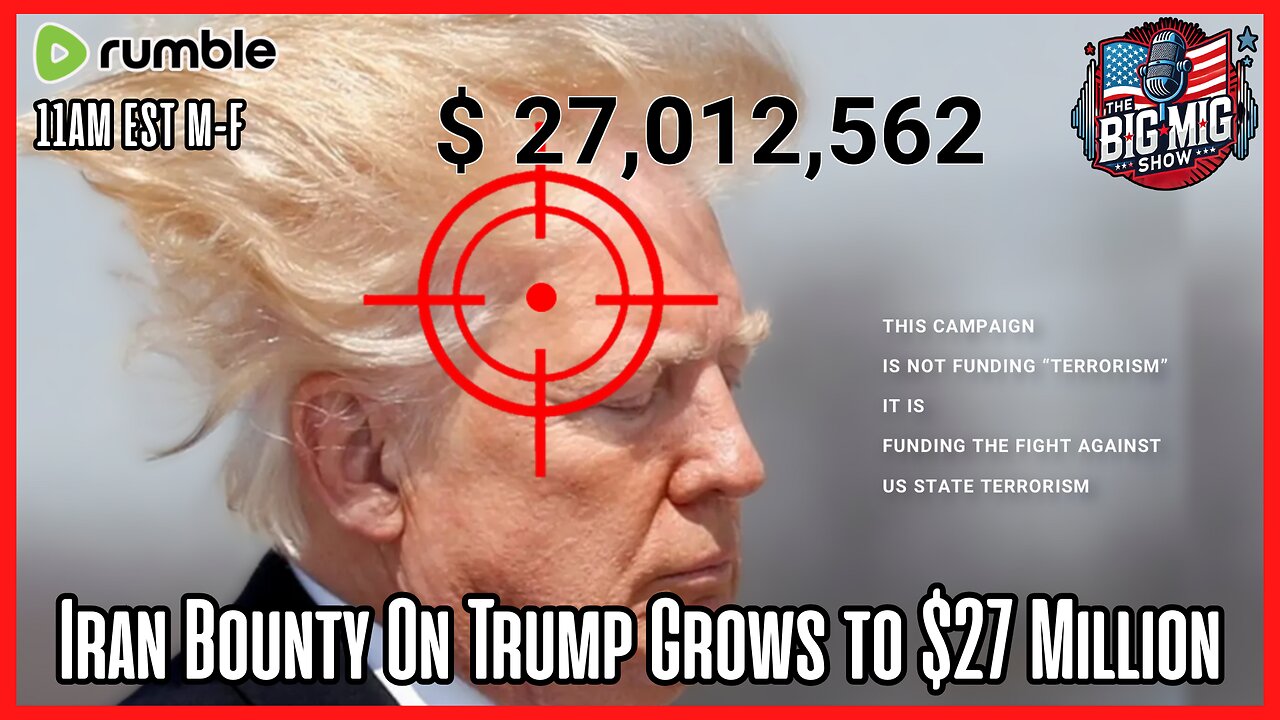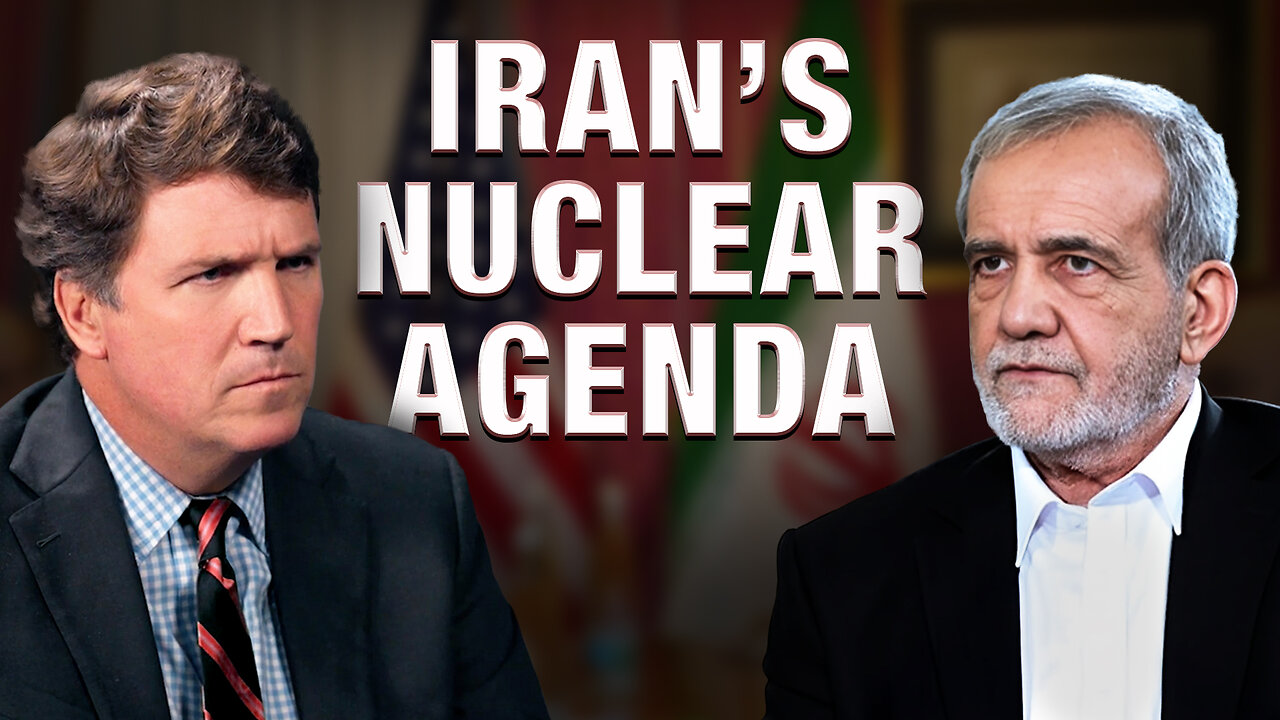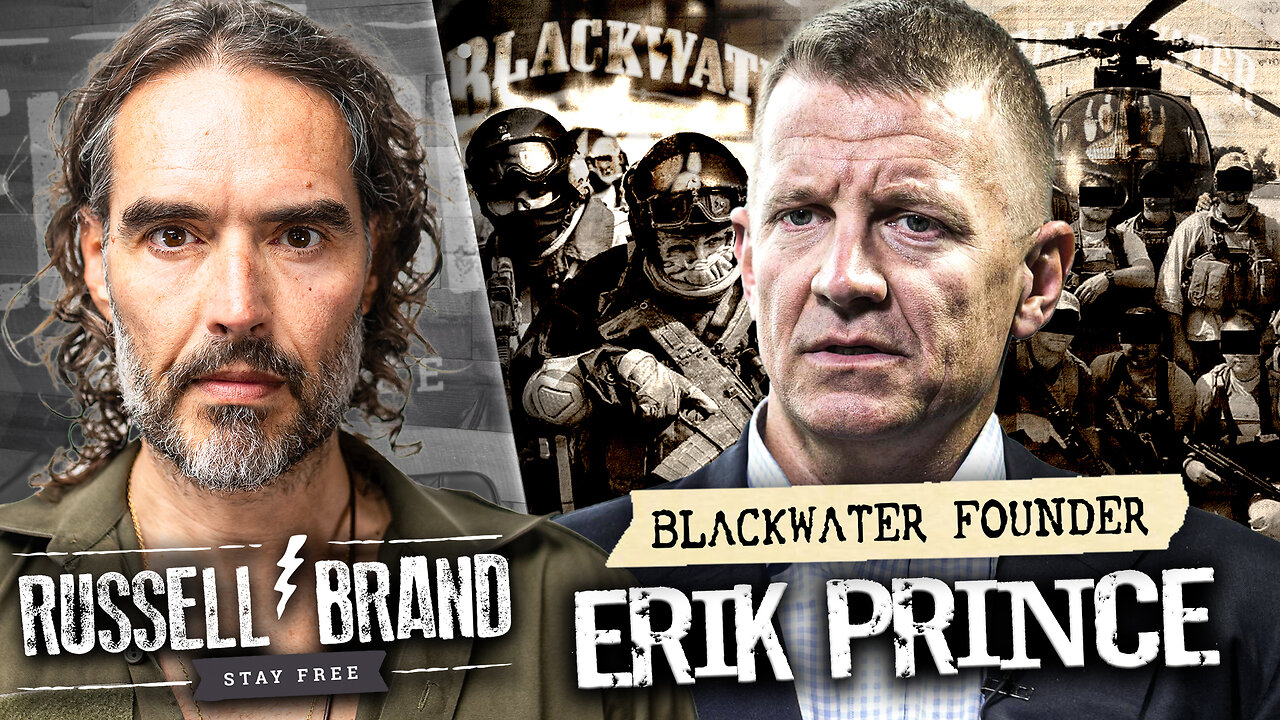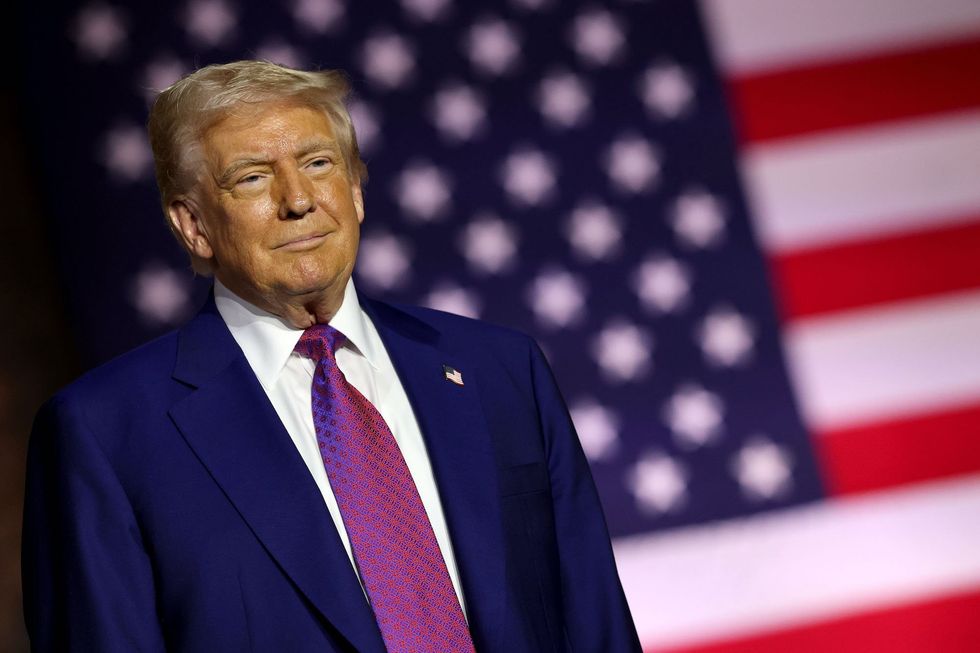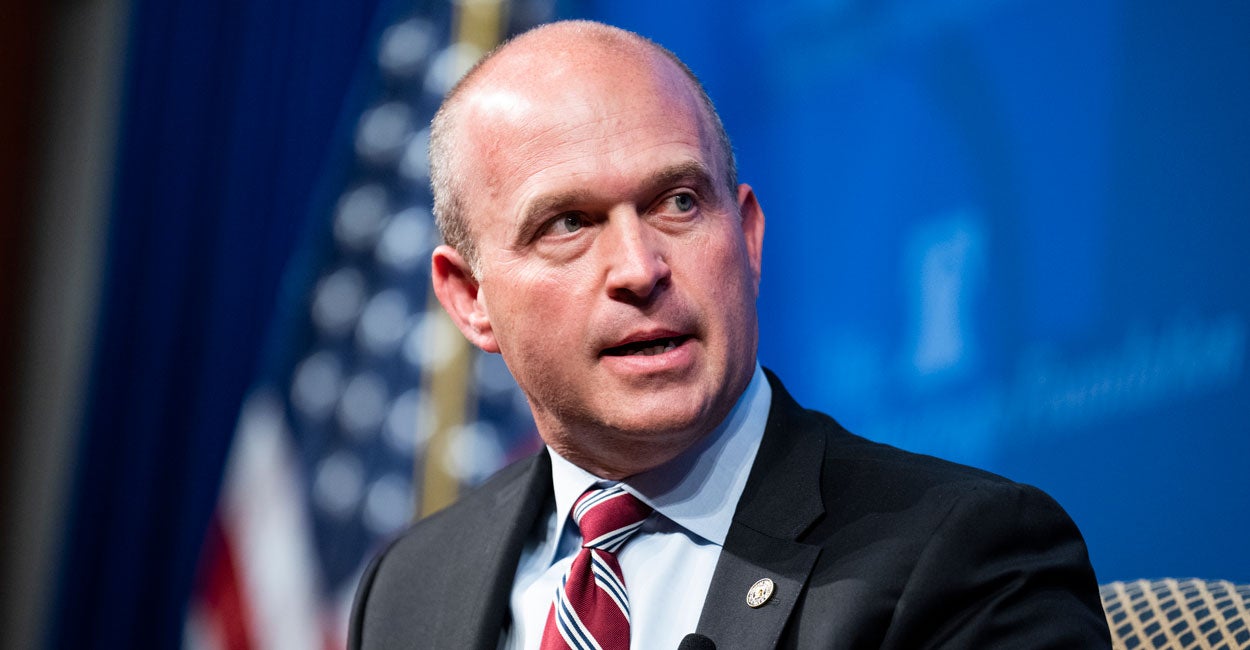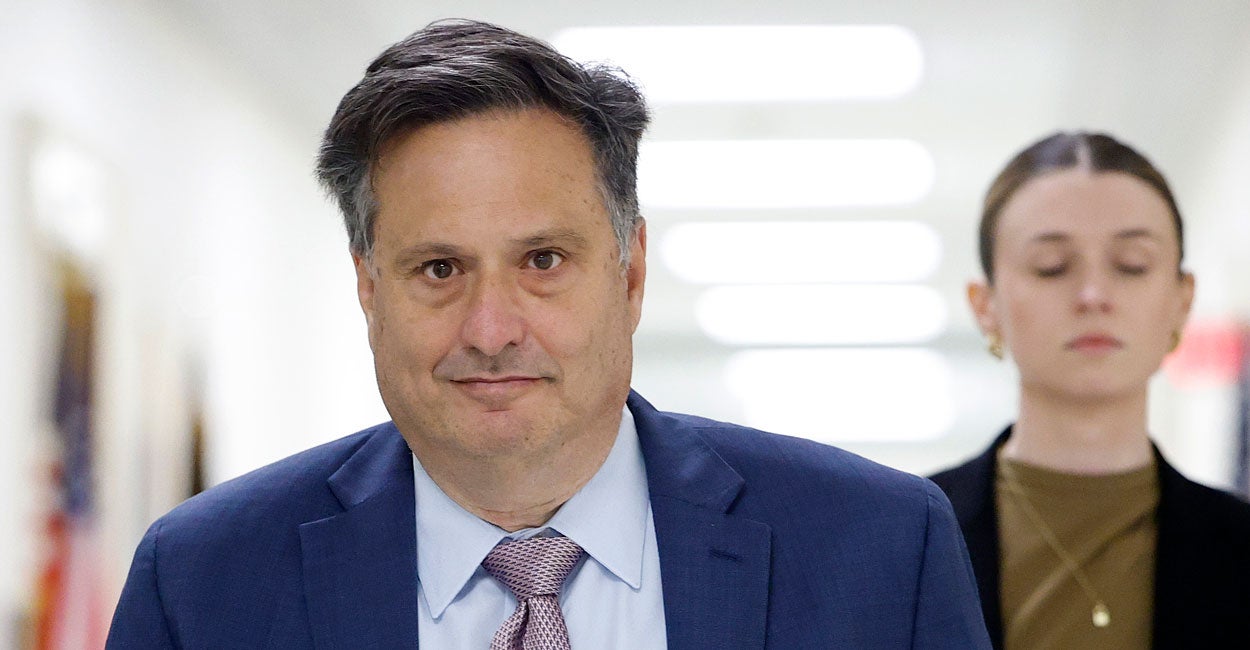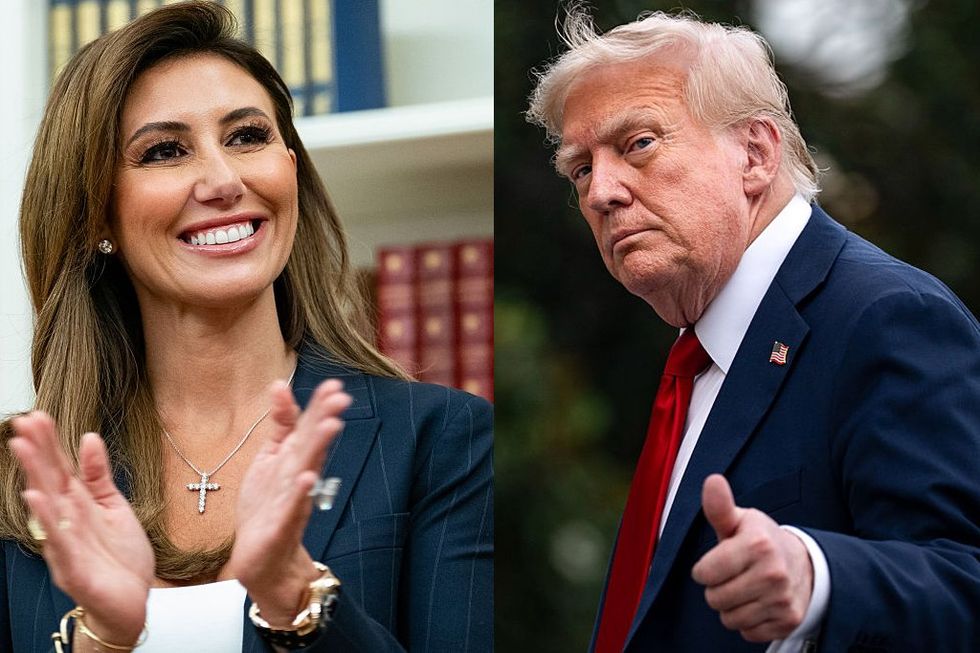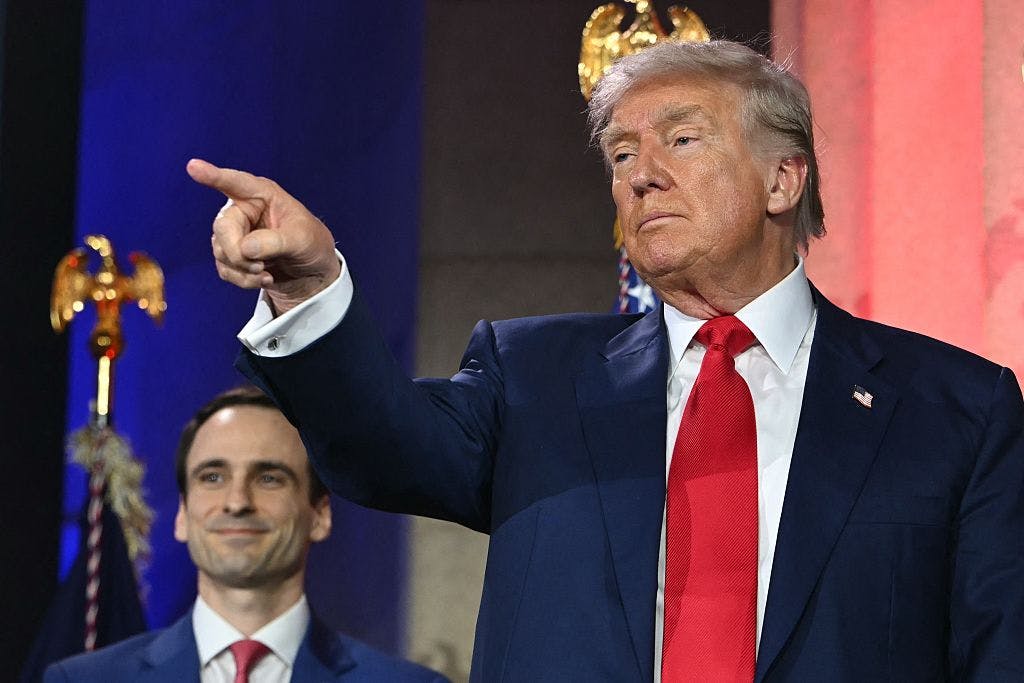‘If They Charge Us, We Charge Them’: Trump To Impose 25% Tariff On Steel, Aluminum Imports: Report
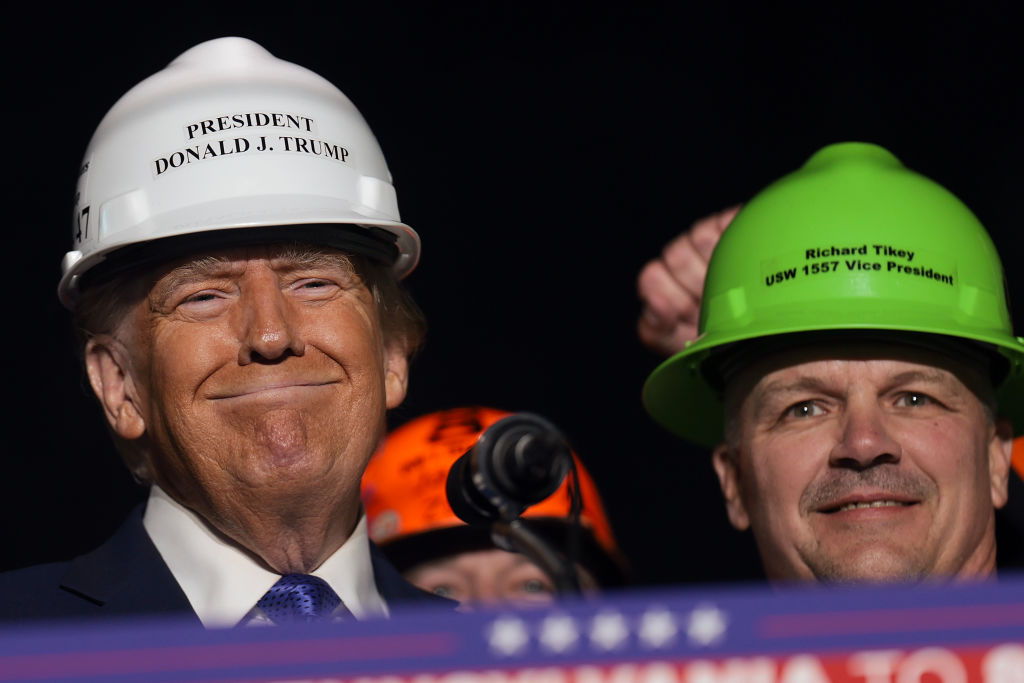
President Donald Trump said on Sunday that he would place a 25% tariff on foreign steel and aluminum imports into the United States starting Monday.
“Any steel coming into the United States is going to have a 25 percent tariff. Aluminum, too,” Trump stated, according to The New York Times, which noted, “The reciprocal tariffs the president has proposed would raise the levies the United States charges on certain imports to match what other countries charge on American products when those goods come across their borders.”
“Very simply, if they charge us, we charge them,” Trump said.
According to Tradeimex, the top nations exporting steel to the U.S. are Canada: 6.39 million metric tons, Brazil: 3.49 million metric tons, and Mexico: 2.85 million metric tons. The top exporters of aluminum are Canada, with 39% of the total, China, with 9.69% of the total, and Mexico, with 6.91% of the total.
Trump’s penchant for imposing tariffs as a form of economic leverage has been tremendously successful before. In March 2018, he said he would impose tariffs on imported steel and aluminum; CNBC noted at the time that Canada exported roughly 90 percent of its steel to the U.S., the most of any country, and was responsible for 41 percent of America’s aluminum imports.
But a few days later, Trump stated, “Tariffs on steel and aluminum will only come off if new & fair NAFTA agreement is signed.”
We have large trade deficits with Mexico and Canada. NAFTA, which is under renegotiation right now, has been a bad deal for U.S.A. Massive relocation of companies & jobs. Tariffs on Steel and Aluminum will only come off if new & fair NAFTA agreement is signed. Also, Canada must..
— Donald J. Trump (@realDonaldTrump) March 5, 2018
By October 2018, Canada and Mexico signed a revised NAFTA agreement.
Trump’s 2018 tariffs were part of a trade war that erupted between the U.S. and China in which the two countries fired tariffs at each other until China agreed to spend an extra $200 billion per year on U.S. goods in 2020, as the BBC noted.
On February 1, Trump imposed tariffs on imports from China, Mexico, and Canada. The White House stated:
The extraordinary threat posed by illegal aliens and drugs, including deadly fentanyl, constitutes a national emergency under the International Emergency Economic Powers Act (IEEPA). Until the crisis is alleviated, President Donald J. Trump is implementing a 25% additional tariff on imports from Canada and Mexico and a 10% additional tariff on imports from China. Energy resources from Canada will have a lower 10% tariff.
Two days later, Canadian Prime Minister Justin Trudeau announced that Canada would send 10,000 troops to the U.S./Canada border.
“I just had a good call with President Trump. Canada is implementing our $1.3 billion border plan — reinforcing the border with new choppers, technology and personnel, enhanced coordination with our American partners, and increased resources to stop the flow of fentanyl. Nearly 10,000 frontline personnel are and will be working on protecting the border,” Trudeau said in a statement.
“In addition, Canada is making new commitments to appoint a Fentanyl Czar, we will list cartels as terrorists, ensure 24/7 eyes on the border, launch a Canada-U.S. Joint Strike Force to combat organized crime, fentanyl and money laundering,” he added. “I have also signed a new intelligence directive on organized crime and fentanyl and we will be backing it with $200 million.”
Related: Trudeau Caves To Trump: Canada To ‘Ensure’ Border Security After Tariff Threats
Originally Published at Daily Wire, Daily Signal, or The Blaze
What's Your Reaction?
 Like
0
Like
0
 Dislike
0
Dislike
0
 Love
0
Love
0
 Funny
0
Funny
0
 Angry
0
Angry
0
 Sad
0
Sad
0
 Wow
0
Wow
0

